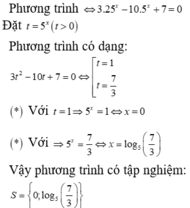Cho phương trình ( m 2 + 1 ) ( x 2 - 3 x + 2 ) 2011 - 3 x + 4 = 0
Các phát biểu :
(1) Phương trình trên vô nghiệm vơi mọi m
(2) Khi m = 1 phương trình trên có nghiệm
(3) Không tồn tại m để phương trình trên vô nghiệm
Chọn đáp án đúng:
A. (1) đúng
B. (2),(3) Đúng
C. A, B đều đúng
D. Tất cả đều sai.


